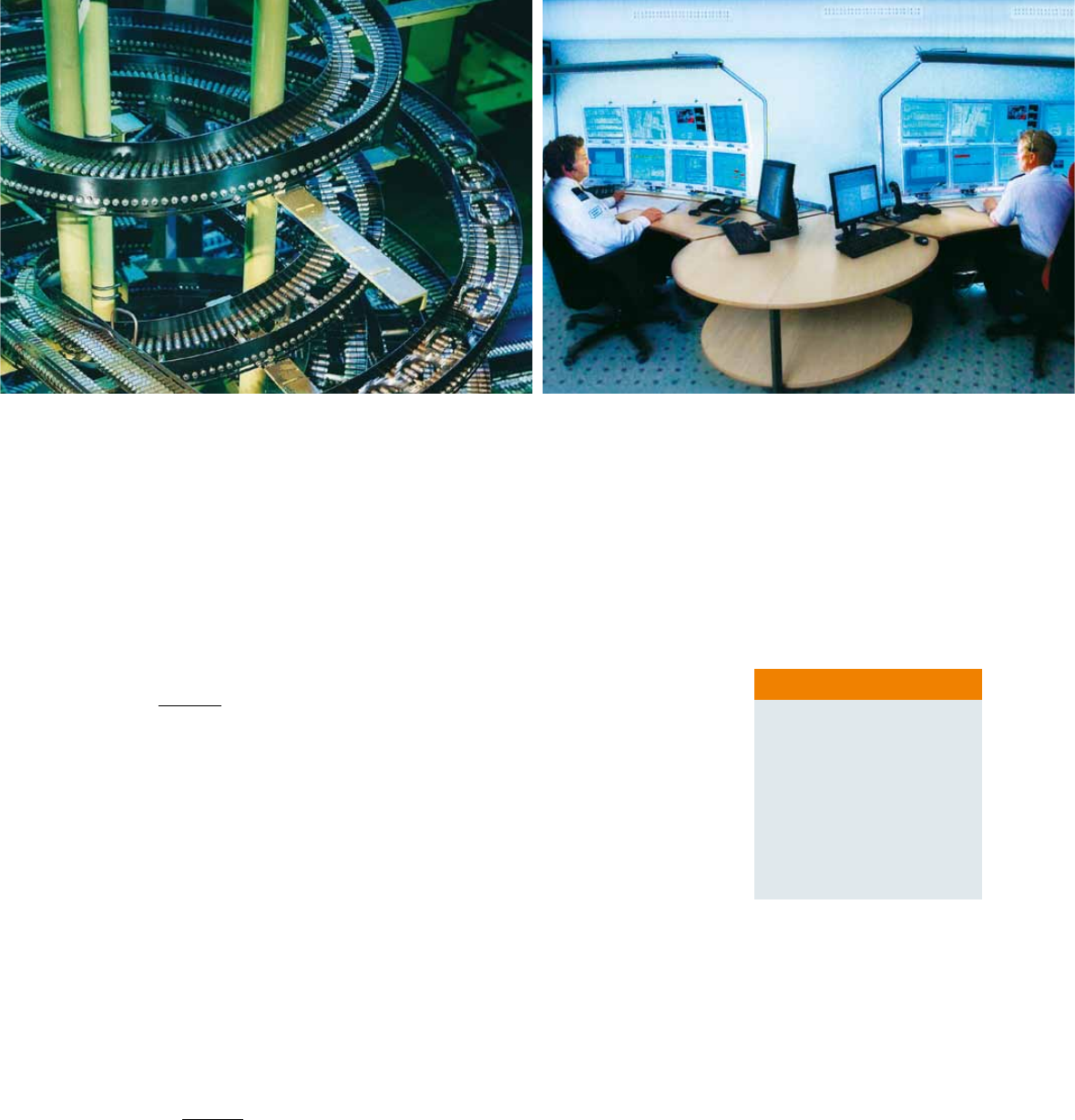User Manual

7
Flexible when usage of space changes
GAMMA instabus develops its abilities
to the full when usage of space changes.
Be it a change of tenants or organiza-
tional changes, there is no need for costly
rewiring. New parameter settings is all
that‘s needed and the various functions
and connections are reassigned. This
means that expensive downtimes due to
reconstruction work or modifications are
considerably reduced.
If required at a later stage, functions can
be straightforwardly extended at afford-
able prices. Should wireless plant exten-
sions be required, the fully compatible,
radio-based GAMMA system, which is based
on the KNX standard, can be installed.
Efficient building management
Thanks to its central visualization capabil-
ity, GAMMA instabus provides a real-time
picture of all building key data. This means
that all operating states can be displayed
and all building functions can be utilized.
A connection to a building automation
and control system can be established
at any time. Owing to the link to existing
data networks (LAN or the Internet),
building management can even include
several buildings, allowing optimized
operations since real-time status informa-
tion is available at all times.
Display and control can take place in the
company’s gatehouse, at reception, or
decentral remote control via LAN network.
This way, monitoring costs can be consid-
erably lowered. Special alarm equipment is
not required for monitoring. Smoke alarm
or fault status messages from the heating
system, or due to defective lighting, can
be forwarded in time, and fast remedy
prevents consequential costs. Demand-
controlled maintenance upon failure can
extend the runtime of machines and the
interval for replacing lamps.
Consumption data, the number of operat-
ing hours and switching cycles can be
efficiently acquired and passed on. This
facilitates optimized replacement of
machines and lamps, for instance. To
lower energy costs, consumption data
can be collected, load peaks can be
shaved, and consumers not currently
needed can be shut down.
Highlights
■
Efficient and secure building
management
■
Economical usage of lighting
and shading
■
Use of daylight without glare
■
Heating, cooling and air condi-
tioning depending on demand
■
Support of processes










